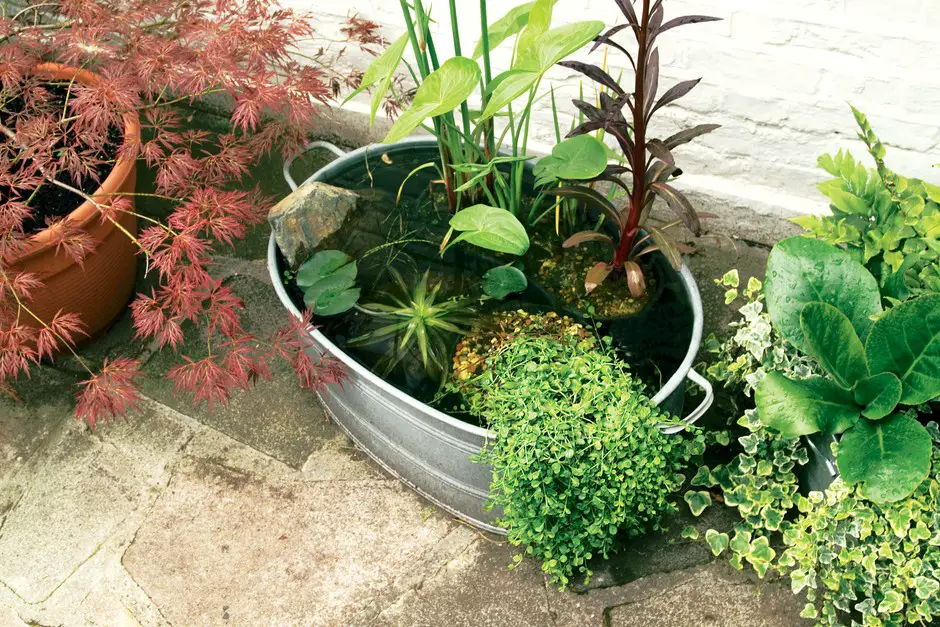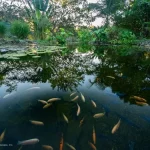How to Build a Wildlife Pond: A Gardener’s World Guide
Creating a wildlife pond in your garden can be a rewarding and environmentally friendly project. Not only does it provide a beautiful and tranquil feature, but it also serves as a vital habitat for a wide variety of wildlife. In this guide, we will explore the steps and considerations involved in building a wildlife pond, drawing inspiration from Gardener’s World and their expert advice.
Why Build a Wildlife Pond?
Before delving into the practical steps of building a wildlife pond, it’s important to understand the significance of this feature. Wildlife ponds are essential for supporting biodiversity, providing water for wildlife, and creating a thriving ecosystem in your garden. They attract a diverse range of species, including amphibians, insects, birds, and aquatic plants, contributing to the overall health of the local environment.
Choosing the Right Location
The first step in building a wildlife pond is selecting the right location. Ideally, the site should receive a good amount of sunlight, as this will support the growth of aquatic plants and encourage wildlife to visit. However, it’s also important to consider the balance of sunlight and shade, as excessive heat can lead to water evaporation and algae growth. Additionally, the pond should be situated away from overhanging trees to prevent an excessive build-up of leaves and debris.
Design and Planning
Once the location is chosen, the next step is to design and plan the pond. Consider the size and shape that would best suit your garden, taking into account the available space and the overall aesthetic you wish to achieve. Gardener’s World advises creating different depths within the pond to accommodate a variety of wildlife, from shallow areas for insects to deeper sections for fish and amphibians. The shape can be naturalistic or formal, depending on your personal preference and the style of your garden.
Excavation and Construction
With the design in mind, it’s time to start the excavation process. Begin by marking out the shape of the pond using a garden hose or rope, then carefully dig out the area to the desired depth and shape. It’s important to create shelves or sloping edges within the pond to allow easy access for wildlife. Once the excavation is complete, line the pond with a suitable material such as butyl liner or pre-formed fiberglass, ensuring that it is securely in place and free from any sharp objects that could puncture it.
Adding the Finishing Touches
After the construction phase, the pond can be filled with water to the required level. It’s essential to use dechlorinated water to fill the pond, as tap water containing chlorine can be harmful to wildlife. Once filled, consider adding a variety of aquatic plants to provide cover, oxygenation, and food for wildlife. Gardener’s World suggests a mix of submerged, floating, and marginal plants to create a balanced and healthy ecosystem within the pond.
Maintaining the Pond
Once the wildlife pond is established, it’s important to maintain it properly to ensure the ongoing health and vitality of the ecosystem. Regular maintenance tasks include removing excess debris, controlling the growth of algae, and monitoring the water quality. Gardener’s World recommends using a fine mesh net to remove leaves and debris, and incorporating oxygenating plants to help combat algae growth and maintain water clarity.
Attracting Wildlife
One of the most rewarding aspects of having a wildlife pond is the attraction of various wildlife species. To encourage wildlife to visit and inhabit the pond, consider adding features such as logs, stones, and native plants around the pond edges. These provide essential habitats for creatures such as frogs, toads, and newts, as well as shelter and basking spots for insects and small mammals.
Creating a Wildlife-Friendly Garden
In addition to building a wildlife pond, there are various other steps you can take to create a wildlife-friendly garden. This includes planting native wildflowers, leaving areas of long grass, and providing food sources such as bird feeders and insect-friendly plants. By creating a holistic and diverse environment, you can attract a wide range of wildlife species and contribute to the overall health of the ecosystem.
Conclusion
In conclusion, building a wildlife pond is a fulfilling and environmentally beneficial project that can significantly enhance your garden’s biodiversity. By following the guidance from Gardener’s World and considering the essential steps involved in creating a wildlife pond, you can establish a thriving ecosystem that supports a diverse range of wildlife. From careful planning and construction to ongoing maintenance and wildlife-friendly features, a wildlife pond can be a valuable addition to any garden, providing beauty, tranquility, and essential habitat for local wildlife.





